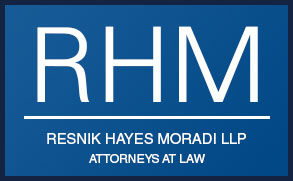Cal. Code Civ. P. § 726, often referred to as the one-action rule, has many facets. Relevant to this article is the “security-first” rule which requires “a secured creditor to proceed against the security before enforcing the underlying debt”; the penalty for failing to do so is waiver of the security.
In practical terms, this means a creditor secured by property has to either pursue foreclosure or file a lawsuit on the debt. The aforementioned ‘or’ is an exclusive ‘or’ meaning the lender has to pick one or the other and cannot pick both options. Consequently, this is what’s typically referred to as an “election of remedies.” Read more…




